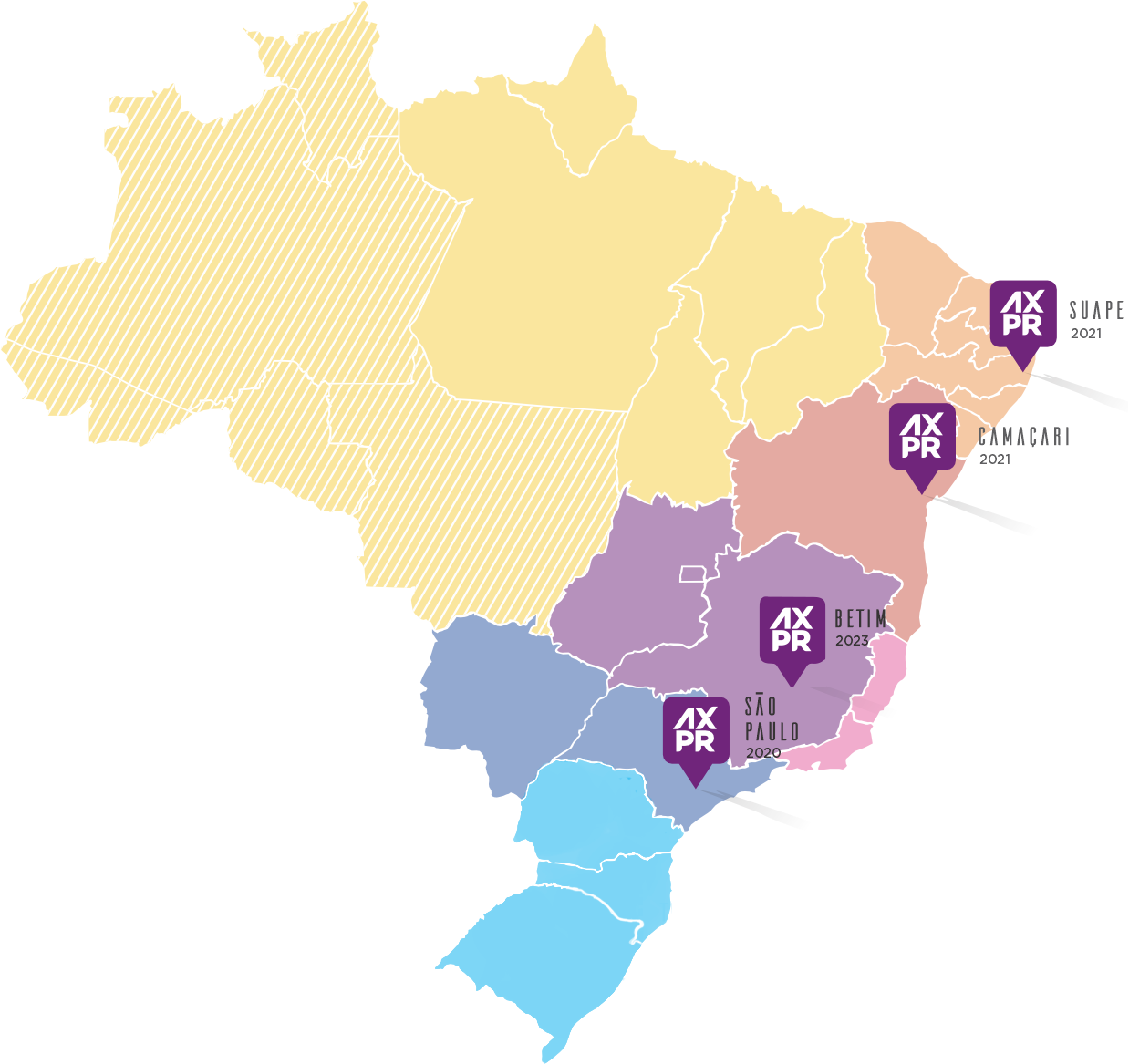Fill out the form and we will get back to you
Talk to the customer experience team:
Talk to the commercial team management
Send to email compras@axpr.com.br
Check out our vacancies here.
Know the channels to contact Axpr:
COMMUNICATION CHANNELS
Av. Vitória Rossi Martini, 1081 – Indaiatuba/SP, 13347-613 Brazil
(19) 2660.2477
Quadra S, Lote 2, Galpão Ind. 09, Poloplast, Camaçari/BA, 42801-515 Brazil
(19) 2660.2477
Rodovia Br 101 Sul, 34.200 – Galpão 04D Bloco 10 – Distrito Industrial Diper – Cabo de Santo Agostinho / PE, 54503-410 Brazil
(19) 2660.2477
Avenida Sertório, Nº 5950, 23 – Cond. Ponto a Ponto, Porto Alegre/RS, 91030-541 Brazil
(19) 2660.2477

The best approach may vary depending on the type of valve and the specific application. However, here are some general guidelines that can help ensure efficient and safe maintenance:
For more information, check out our comprehensive article.
Generally, it is recommended that PSVs be inspected and tested at least once a year to verify that they are operating correctly and within design specifications. Additionally, PSVs should be periodically calibrated to ensure that the opening pressure is within acceptable limits and certified to demonstrate compliance with applicable standards and regulations.
However, depending on operating conditions, PSVs may require inspections, tests, and calibrations at shorter or longer intervals. For example, if the valve is exposed to corrosive fluids or gases, more frequent inspections and tests may be necessary. On the other hand, if the PSV is operating in a controlled environment and does not exhibit performance issues, it may be possible to extend the intervals between inspections.
In any case, it is important to follow the manufacturer's recommendations and applicable standards and regulations to determine the appropriate frequency of inspections, calibrations, and certifications of PSVs.
The identification of industrial valves that require maintenance during a factory shutdown can be done through advance planning, which involves a detailed analysis of each equipment and its operating condition. Some common strategies used to identify valves that need maintenance include:
A combination of these strategies can be used to ensure that all valves needing maintenance are identified and included in the factory shutdown planning.
JOIN US
Contact
Orgulhosamente certificada ISO9001:2015
Páginas

